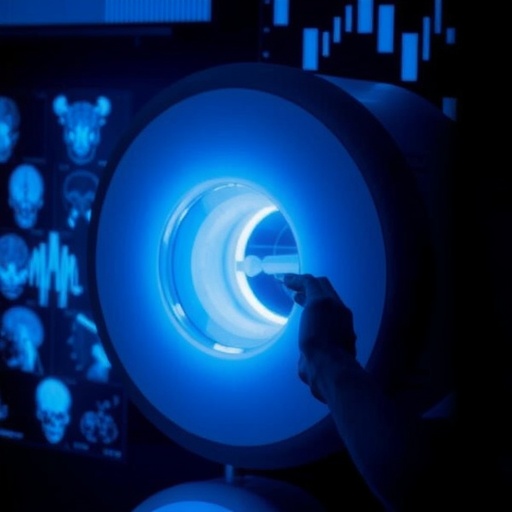Women with an abnormal mammogram result need follow-up tests to check whether the finding indicates breast cancer, which should be treated at the earliest possible stage. In a recent study, Asian women were less likely to receive appropriate follow-up treatment after an abnormal mammogram compared with White women. Published early online in CANCER, a peer-reviewed journal of the American Cancer Society, the findings point to the need to investigate and address barriers to effective cancer prevention in Asian women.
Many population-based breast cancer studies do not include Asians, and those that do often report them as a single group. To study the relationship between breast cancer screening and outcomes in multiple Asian populations, a team led by Kim Hanh Nguyen, MPH, ScD, and Leah Karliner, MD, MAS, of the University of California, San Francisco examined information from the San Francisco Mammography Registry. Radiology facilities participating in the registry prospectively collect demographic and clinical data from women at the time of breast imaging and at each subsequent imaging visit.
The investigators examined data on 50,970 San Francisco-area women with mammogram results from 2000-2010 that indicated the need for further diagnostic imaging. Among Asian women, Vietnamese and Filipina women had the longest–and Japanese the shortest–median time to follow-up imaging tests (32, 28, and 19 days, respectively) compared with non-Hispanic White women (15 days). The proportion of women receiving follow-up tests at 30 days was lower for Asians than for non-Hispanic Whites (57 percent versus 77 percent), and these disparities persisted at 60 and 90 days for all Asian ethnic groups except Japanese women. Asian women also had a higher rate of no follow-up at one year than non-Hispanic Whites (15 percent versus 10 percent), with Filipinas having the highest percentage of no follow-up among Asian ethnic groups (18 percent).
"The reasons for these long delays may be due to linguistic, cultural and other barriers that affect patient-provider communication for disadvantaged Asian groups," said Dr. Nguyen. "More research attention is needed to understand the specific reasons for these differences."
By 2060 the projected number of US residents who will identify as Asian or Asian with another race will reach 48.6 million, or 11.7 percent of the total population. "Rather than being a monolithic group, Asians are, in fact, very diverse in nationalities, language, immigration history, education, and economic background. Recognizing differences among Asians may help clinicians develop better rapport and communication with their Asian patients, which can improve adherence to screening recommendations," said Dr. Nguyen. "The misconception of the model minority suggesting Asians are doing better than other minorities is insensitive to disparities that exist for Asians and undermines the need to address such disparities."
###
Additional Information
Full Citation: "Disparities in abnormal mammogram follow-up time for Asian women compared to non-Hispanic Whites and between Asian ethnic groups." Kim Hanh Nguyen, Rena Pasick, Susan Stewart, Karla Kerlikowske, and Leah Karliner. CANCER; Published Online: June 12, 2017 (DOI: 10.1002/cncr.30756).
Link to Study?: http://doi.wiley.com/10.1002/cncr.30756
Author Contact: Vickey Agnew, Director of Integrated Marketing and Communications at the UCSF Helen Diller Family Comprehensive Cancer Center at [email protected] or +1 (415) 502-6457.
About the Journal
CANCER is a peer-reviewed publication of the American Cancer Society integrating scientific information from worldwide sources for all oncologic specialties. The objective of CANCER is to provide an interdisciplinary forum for the exchange of information among oncologic disciplines concerned with the etiology, course, and treatment of human cancer. CANCER is published on behalf of the American Cancer Society by Wiley and can be accessed online at http://wileyonlinelibrary.com/journal/cancer.
Follow us on Twitter @JournalCancer and Facebook https://www.facebook.com/ACSJournals
About Wiley
Wiley, a global company, helps people and organizations develop the skills and knowledge they need to succeed. Our online scientific, technical, medical, and scholarly journals, combined with our digital learning, assessment and certification solutions help universities, learned societies, businesses, governments and individuals increase the academic and professional impact of their work. For more than 200 years, we have delivered consistent performance to our stakeholders. The company's website can be accessed at http://www.wiley.com.
Media Contact
Dawn Peters
[email protected]
http://newsroom.wiley.com/
http://dx.doi.org/10.1002/cncr.30756
############
Story Source: Materials provided by Scienmag




